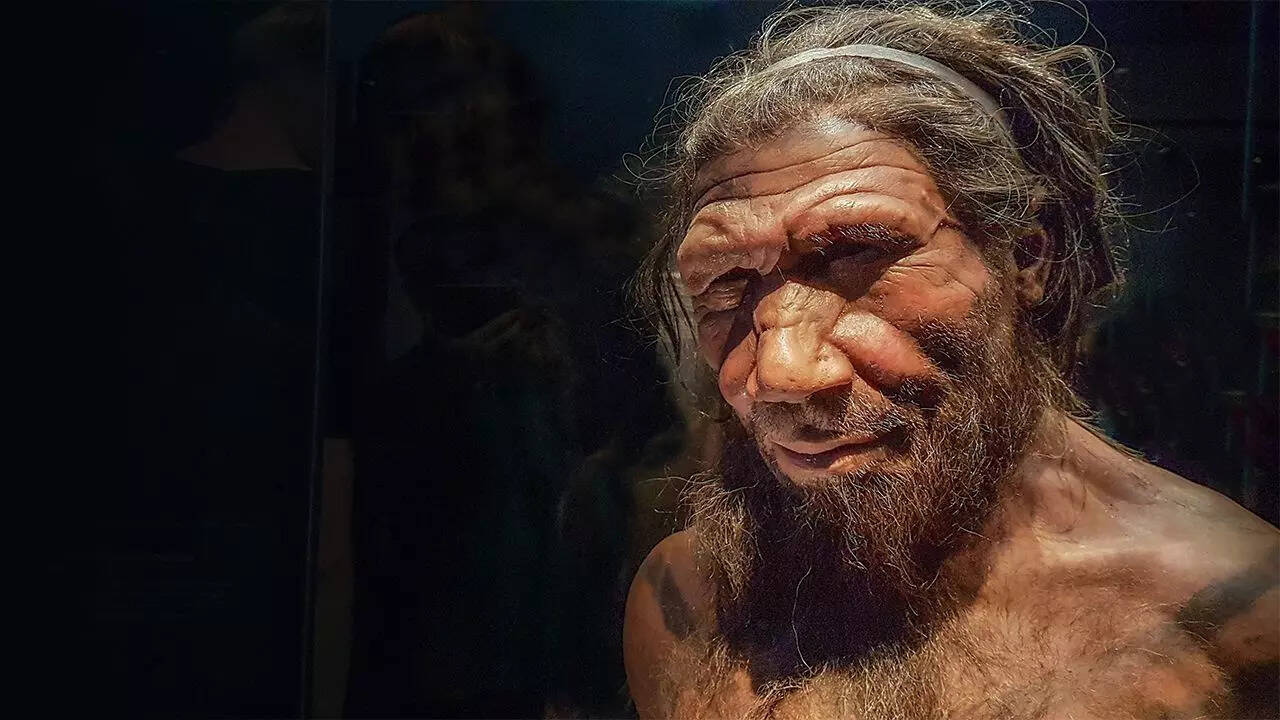Recent research suggests that Neanderthal DNA may be linked to headaches in modern humans. When our ancestors interbred with Neanderthals, we inherited genes that may affect pain sensitivity, inflammation, and skull shape, all of which can increase the risk of chronic headaches and migraines.Some people carry Neanderthal variants that make them more sensitive to pain or more prone to inflammation, both common headache triggers. These genes, once helpful for survival, may now contribute to modern health problems. Understanding the genetic connection between Neanderthal DNA and headaches could lead to better diagnosis and treatment for headache sufferers today.
What is Neanderthal DNA and how it may be the reason of headaches, study finds

Source: Science
Neanderthal DNA refers to the genetic material inherited from Neanderthals, our ancient human relatives who lived in Europe and Asia from around 400,000 to 40,000 years ago. When our ancestors interbred with Neanderthals, they passed on their genes to modern humans, resulting in a small but significant amount of Neanderthal DNA in our genomes.The study, which was published in the journal Evolution, Medicine, and Public Health, found that certain genetic variants inherited from Neanderthals may contribute to the development of headaches. The researchers analysed the DNA of thousands of individuals and found that those with certain Neanderthal-derived genetic variants were more likely to experience headaches.
How does Neanderthal DNA affect headaches
1. Genetic pre-dispositionThe study suggests that Neanderthal DNA may have contributed to the development of genetic variants that predispose individuals to headaches.2. Pain sensitivityVariants of the SCN9A gene, inherited from Neanderthals, have been shown to increase pain sensitivity. People with this gene tend to experience more intense sensations from stimuli like heat, pressure, or touch. This hypersensitivity can also extend to headaches, making everyday discomfort feel more severe3. Altered brain and skull structureSome Neanderthal-influenced skull shapes, such as flatter or smaller occipital bones, may affect how the brain fits inside the skull. This abnormal pressure can cause severe headaches, dizziness, and vision problems. 4. Inflammatory responsesSome Neanderthal genes affect how the body handles inflammation. While this may have helped ancient humans fight off infections, today it could lead to chronic low-grade inflammation, a known trigger for migraine attacks and neurological pain. 5. Evolutionary trade-offsIt’s important to understand that some Neanderthal traits were beneficial in ancient environments, such as increased clotting, stronger immune response, or denser bones. But in the modern world, these same traits may contribute to health issues like chronic pain, autoimmune reactions, and headaches.Also read | 12 effective ways to relieve migraine pain at home without medications
